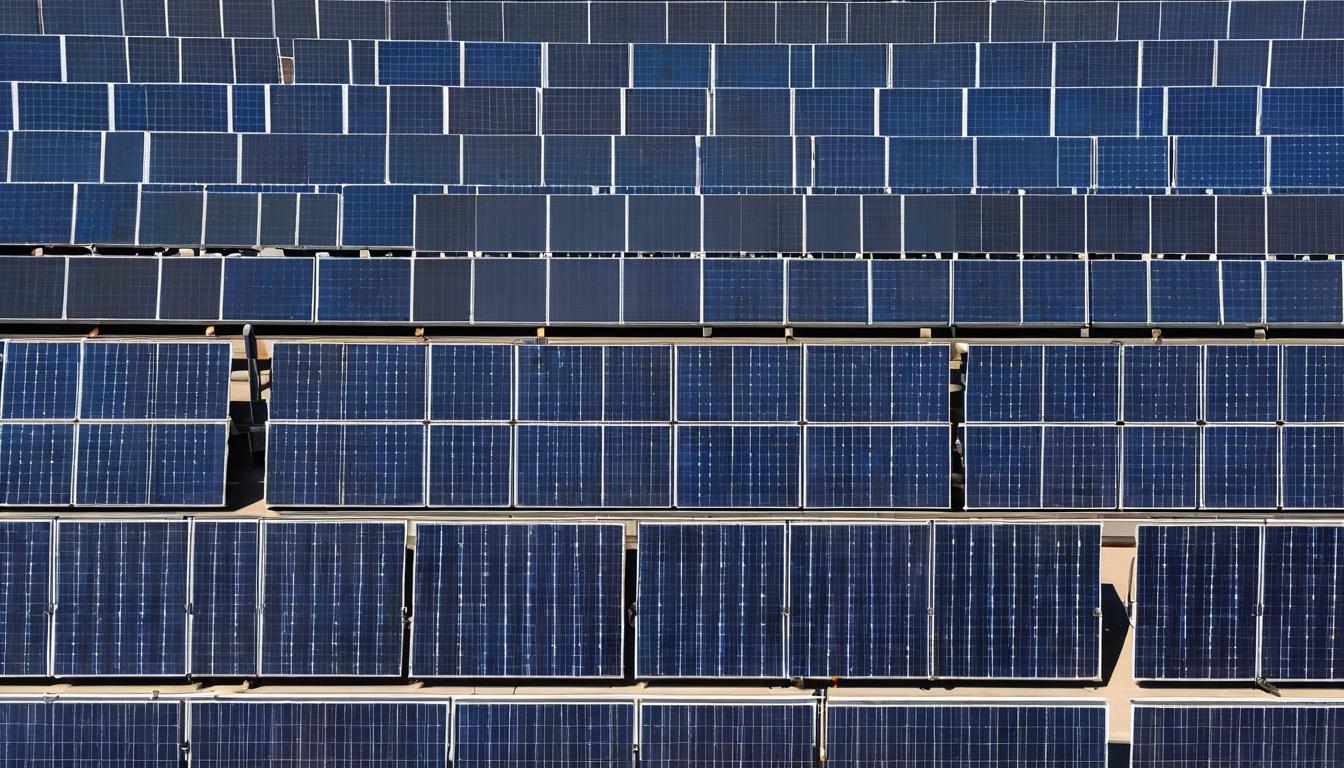The solar panels glinting on rooftops across America tell a story of clean energy triumph, but behind the polished surface lies a complex web of challenges that industry leaders rarely discuss in public. While residential installations continue to break records, the infrastructure supporting this green revolution is showing signs of strain that could threaten its very sustainability.
Manufacturing bottlenecks have become the industry's silent crisis. The global rush for polysilicon, the essential material for most solar panels, has created supply chain vulnerabilities that could leave projects stranded. Recent reports from industry analysts reveal that production capacity isn't keeping pace with demand projections, creating a scenario where installation timelines are stretching from weeks to months. This isn't just about waiting for panels—it's about entire renewable energy projects being delayed, potentially costing billions in lost clean energy generation.
Workforce development represents another critical challenge that's flying under the radar. The solar industry needs to train approximately 300,000 new workers by 2030 to meet national clean energy goals, yet training programs are struggling to keep up. The gap between available positions and qualified applicants is widening, creating installation backlogs that could slow the energy transition precisely when acceleration is most needed. This isn't merely a numbers game—it's about ensuring that installations meet quality standards that will guarantee performance over decades.
Financing innovation has become the industry's quiet revolution. While traditional loans and leases still dominate, new models are emerging that could transform how homeowners access solar power. Community solar gardens are allowing renters and those with unsuitable roofs to participate in the clean energy movement. Meanwhile, sophisticated power purchase agreements are enabling commercial projects that previously seemed financially unviable. These financial innovations are quietly reshaping who can benefit from solar energy, democratizing access in ways that weren't possible just five years ago.
Technology convergence represents the next frontier that few are discussing. Solar-plus-storage systems are becoming the new standard rather than the exception, creating energy independence that extends beyond daylight hours. But the real revolution lies in how these systems integrate with smart home technology and electric vehicle charging, creating ecosystems where energy generation, storage, and consumption work in perfect harmony. This isn't just about generating electricity—it's about creating resilient homes that can withstand grid disruptions while maximizing self-consumption.
Regulatory hurdles continue to create unexpected roadblocks. Net metering policies are undergoing dramatic changes in key markets, potentially altering the financial calculus for new installations. Meanwhile, interconnection queues are becoming increasingly congested as utilities struggle to process the flood of new solar applications. These bureaucratic challenges could slow deployment rates just as climate urgency demands acceleration, creating a policy paradox that requires immediate attention from lawmakers and industry leaders alike.
Supply chain transparency has emerged as a critical concern that extends beyond simple availability. The origins of solar components, particularly regarding labor practices and environmental standards, are becoming increasingly important to consumers and corporate buyers. This isn't just about avoiding regions with questionable human rights records—it's about ensuring that the clean energy transition doesn't come at the cost of environmental degradation or worker exploitation elsewhere in the world.
The recycling challenge represents perhaps the most overlooked aspect of the solar revolution. With millions of panels installed over the past decade, the industry is rapidly approaching a wave of decommissioning that current infrastructure is unprepared to handle. Developing efficient recycling methods for solar panels, which contain valuable materials alongside potentially hazardous substances, will determine whether solar energy remains truly sustainable through its entire lifecycle. This isn't a distant concern—the first major wave of panel retirements is already beginning.
Grid integration complexities are creating technical challenges that extend far beyond simple connection points. As solar penetration increases, utilities are grappling with voltage regulation, frequency stability, and distribution system management in ways that weren't anticipated a decade ago. The solution lies not just in better inverters and smarter controls, but in rethinking how we design and operate the entire electrical grid to accommodate intermittent renewable resources.
Consumer education remains a persistent gap that affects adoption rates and satisfaction. Many homeowners don't understand the differences between various panel technologies, financing options, or maintenance requirements. This knowledge gap leads to suboptimal system designs, unrealistic expectations, and sometimes outright exploitation by unscrupulous installers. Bridging this information divide is essential for building trust and ensuring that the solar revolution benefits everyone equally.
The international competition for solar dominance is heating up in ways that could reshape global energy markets. While China currently dominates manufacturing, other nations are investing heavily to capture segments of the value chain. This geopolitical dimension adds another layer of complexity to an industry that many still view through purely environmental or economic lenses. The future of solar energy may depend as much on trade policies and international relations as on technological innovation.
The solar revolution's dirty little secrets: What industry insiders aren't telling you




